Don't wanna be here? Send us removal request.
Text
“My stand about Plagiarism, Piracy, Bias Media, and the like” Task 2 Lesson 7
In a new generation of ICTs, systems, and media formats have emerged as a result of the evolution of the media over time. It revolutionized how knowledge is shared globally, but it also had unintended effects that have had a significant impact on how we use, consume, and share media. My stand about plagiarism, piracy, bias, and the like understanding these formats shows robbed documents, information, news, etc.. These contains by the law of its own. In my pov it is nice to have guidance from the people around you, these maybe hacked by other people who are expert to handle computers and internet.
0 notes
Text
How to be socially responsible in my social networking account (Lesson 6)
How to be socially responsible in my social networking account I usually secured all my accounts to avoid hackers and I barely post on my social networking accounts, because knowing the people in any social networking apps. I observe cyber bullying that's why i barely post any platforms on my social media, Control my image, personal information, and how it is used. Keep an eye out for the Terms of Service on apps and websites. Be aware of posting in social media and i always use the phrase "think before you post" to less the responsibility of the account. People may think that I don't know how to use my account, I just handle it with care and awareness and also it's for my mental health. I don't want people throw hate once i post something that may be triggered them. Securing my account i private it.

0 notes
Text
What is your favorite gadget?
I go for Mobile Phone. Why? Because Mobile Phones are sufficient to use, it is handy and easy to bring. Mobile Phones are multimedia, you can broadcast, it has a good quality of camera, you can download mobile games, notes, social medias, timer, google, calendar, calculator, etc.. The disadvantage in this mobile phone is, it has limited storage, it depends on a phone that you're using. Mobile phones are more accessible than laptops, computers, tablets, because mobile phones are public friendly. You can bring it outside even you only have purse to use. It has anything to do with mobile phone,, you can do powerpoint, reports, presentations, online classes, especially me (a student or faculties) needed because of the Covid-19. I like it, because everywhere i go i can still communicate using my data. When it come to spending, it is more light in our wallets, because some smartphones are cheap or we can afford to buy.
0 notes
Text
Evolution of Traditional media to New Media
Prehistoric Age (1500 BC - 1500 AD) Industrial Age (1700s - 1930s) Electronic Age (1930s -1980s) Digital Age (1990s - 2000s)
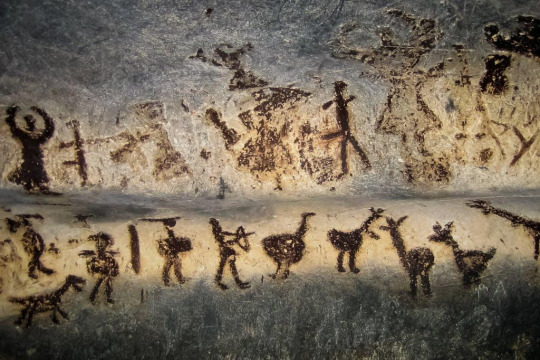


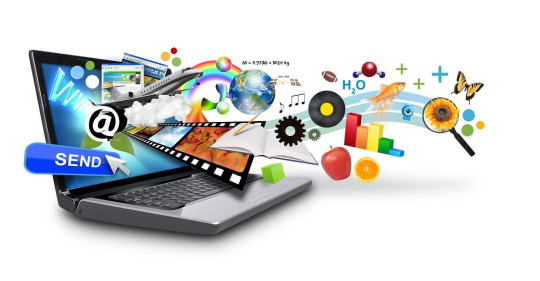
0 notes
Text
Evolution of Traditional Media to New Media
Before I show the evolution of traditional media to new media. Let me give you some insights of what is Traditional Media, it refers to print media and broadcast media. While, New Media it refers to on-demand access to content any time, anywhere, on any digital device, as well as interactive user feedback, creative participation. Another aspect of new media is the real-time generation of new, unregulated content...
The Prehistoric Age (1500 BC -1500 AD) - Prehistoric meaning "Before history" including early technologies. Prehistory is the period of human activity between the use of the first stone tools. About 2.5 million years before writing was developed, technology began with the earliest hominids who used stone tools, which they may have used to start fires, hunt, cut food, and bury their dead.
Industrial Age (1700s - 1930s) - The Industrial Age is a historical period that encompasses the changes in economic and social organization that began around 1760 in Great Britain and later in other countries, characterized primarily by the replacement of hand tools with power-driven machines such as the power loom and the steam engine, and by the concentration of industry in large establishments.
The Electronic Age: (1930s – 1980s) - The invention of the transistor marked the beginning of the electronic age. People utilized the power of the transistor, resulting in more efficient transistor communication.
DIGITAL AGE (1900s-2000s) - The Digital Age, also known as the Informational Age, is a period in human history marked by the transition from traditional industry brought about by the 20th Century through industrialization to an industry based on information computer technology. The internet paved the way for advanced use of microelectronics with the invention of personal computers, devices, and smart glasses. Also, voice, image, sound, and data are digitalized.
0 notes
Text
What is your opinion regarding the closure of ABS-CBN? Do you agree or disagree with the congress decision?
ABS-CBN is one of good quality network that has million supporter or viewer nationwide, it is a network where people use it as a takes information, news, and report, even entertainment shows. I disagree about shutting down ABS-CBN, since I grew up watching their network. It is valid not showing too political issues in their network it is because there is some controversy issues that may affect youth. ABS-CBN is the only network that believes and entertained people outside the country aside GMA. If ABS-CBN shuts down another rally will have in the Philippines, countrymen versus government.
0 notes
Text
State-owned Media
State ownership of the media creates unique obstacles for voter educators, particularly those working in transitional contexts.
What is the advantages of state-owned media. The election management body, and maybe civil society organizations, may be obligated by law to give free airtime for voter education messaging and related public service announcements. State-owned media may also have significantly larger reach, both in terms of people and territory, than commercial broadcasters, depending on the development of the country's media infrastructure.
0 notes
Text
Community Media
What is community Media?
Community media contributes to peoples’ independence to enhance their social and economic conditions, fight against prejudice and racism, become more effectively involved in the social governance of their region and nation and provide an alternative to mainstream commercial material.
Community media put the tools of communication into the hands of people in hundreds of communities, particularly women and marginalised groups, allowing them to create their own means of cultural expression, news, information and dialogue.
0 notes
Text
Alternative and Independent Media
Alternative media are media sources that differ from established or dominant types of media (such as mainstream media or mass media) in terms of content, production, or dissemination. The word independent media is sometimes used as a synonym for freedom of the press and independence from government control.


0 notes
Text
Mainstream Media
Until the early 2000s, mainstream media, which simply refers to where the majority of Americans got their news, often consisted of a person's local newspaper, local TV affiliate, and one of three national television news programs. The media landscape is becoming increasingly complex. It has evolved beyond traditional news sources (print, television, and radio) to include video, AM/FM radio, podcasts, satellite radio, and social media. It now includes news publishers and aggregators as well. As it has grown, it has gotten more fragmented, to the point that even traditional media might have increasingly narrow audiences. A sample of Mainstream media is ABS-CBN, GMA, KUMU, TIKTOK, a social media or television media that can communicate with those people who knows how to socialize, spreading news, information, etc.
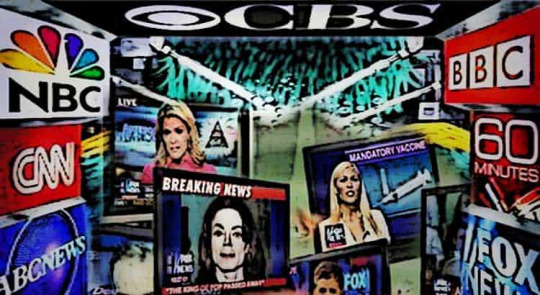
0 notes
Text
2. Describe the following
a. Media Ownership b. Mainstream Media c. Alternative and Independent Media d. Community Media e. State-owned Media
MEDIA OWNERSHIP
Media ownership is of interest to research on journalism due to the assumption that ownership can have an impact of the contents and practices of journalism. Ownership of news media take many forms: state ownership, family ownership, party ownership, trust ownership, public or corporate ownership. Media ownership this offers owners the ability to make their content just show one side of the story, as well as the ability to deceive and convince us that what they believe is true and significant. Media ownership should not controlled by individuals nor groups because once it is connected to political issues or business issues, he outcome is debilitating for both media freedom and democracy.


0 notes
Text
The local landscape
The practice of local journalism is changing in tandem with the increased use of new media among audiences and people working in the media industries. The development of the new media landscape, with the increasing use of digital/onlinemedia, presents local journalism with new opportunities and challenges, both in the consumption and production of local media contents. This study attempts to demonstrate how the expanding usage of new media in the local media sectors, particularly in the city of Surakarta, has influenced journalism methods.

0 notes
Text
From Globalization to Glocalization
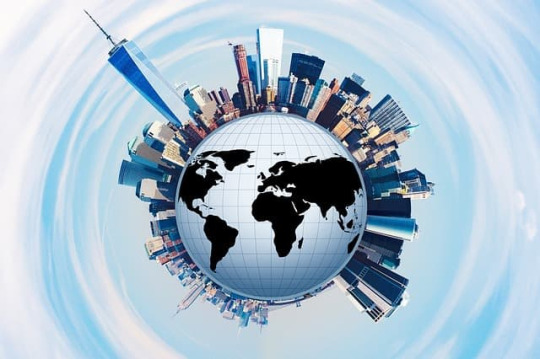
Globalization is a term used to describe how trade and technology have made the world into a more connected and interdependent place. While, Glocalization is the term is used to describe a product or service that is developed and distributed globally but is also adjusted to accommodate the user or consumer in a local market. The altercations regarding globalization have been seething ever since it formally started in the mid-twentieth century with the commencement of institutions like the World Bank and the International Monetary Fund (IMF). Globalization and Glocalization bond nations together and can encourage business networking. Both globalization and glocalization can be used to develop relationships and channels of communication. As something can become glocalized or globalized, and vice versa, these two concepts have an impact on one another.
0 notes
Text
The State Media Today

Although some individuals have conflicting perspectives on the state of the media today, a recent analysis from Vocus paints a picture of a sector in steady decline. The future of media appears quite bleak, especially in the traditional media sector. A bleak image of the need for continual evolution from the older industries is painted by the ongoing job losses in television, radio, and print media. However, the online media industry is frequently viewed with glimmering optimism, driving the digital wave as a rescue effort for the traditional media consumption practices.
Once considered a marginal aspect of the content creation wheel, some online publications are still increasing in readership. The ability to deliver news quickly to a large number of people has transformed social media into a broadcasting hub of communication. The necessity for traditional media to adopt the practices of online publications has helped to validate the industry overall.
0 notes
Text
Local Online Media
Brief History of Local Online Media in the Philippines The Philippines first linked to the Internet in March 1994, due to the efforts of the Philippine Network Foundation (PHNET), a partnership of numerous academic institutions, business companies, and government agencies. The collaboration also included a few business companies. Like, GMA, ABS-CBN, Tiktok, Youtube, Vlive, etc. Birgitta Stone established Local Social Media, a business owned by women. Over 250 businesses across the United States have trusted Local Social Media since it was founded in 2011. To provide our clients an advantage, we specialize in creating a local following and utilizing social media.
0 notes
Text
The Broadcast Industry
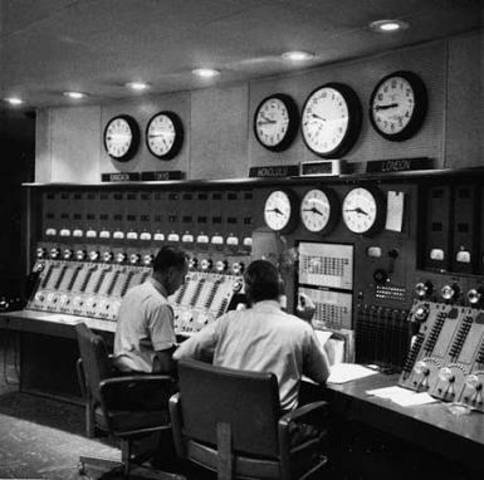

The broadcasting industry is composed of radio and television stations, as well as networks, that either create material or obtain the rights to broadcast prerecorded television and radio programs. Networks send feeds from broadcasting studios to local stations or cable distributors via radar signals.
0 notes

